Breakthrough on crippling China wine tariffs a ‘beacon of hope’
Australian winemakers celebrate China’s review of its wine tariffs on Australia but say it won’t be an easy road back.
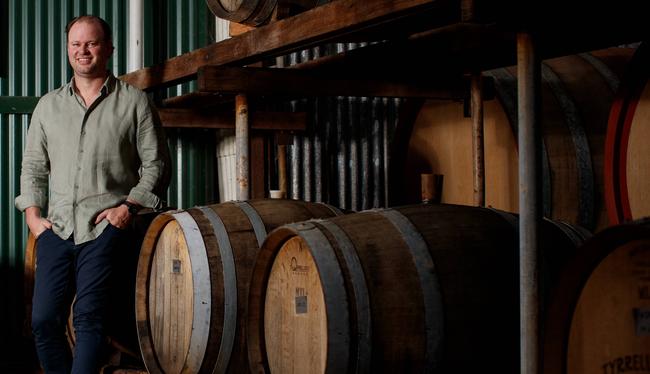
Australian winemakers with once-large Chinese export markets say Beijing’s review and possible removal of crippling tariffs on Australian wine is a “beacon of hope” for local wineries facing the toughest economic conditions in at least two decades.
Wine producers say there is a long way back even if tariffs are lifted when Anthony Albanese travels to Beijing and Shanghai in November, but agreed the news was a “very positive step”.
Fourth-generation boss of the Hunter Valley’s Tyrrell’s Wine, Bruce Tyrrell, said he hoped the business could eventually return to selling up to 15 per cent of their wines to China, as they had before the tariffs were imposed.
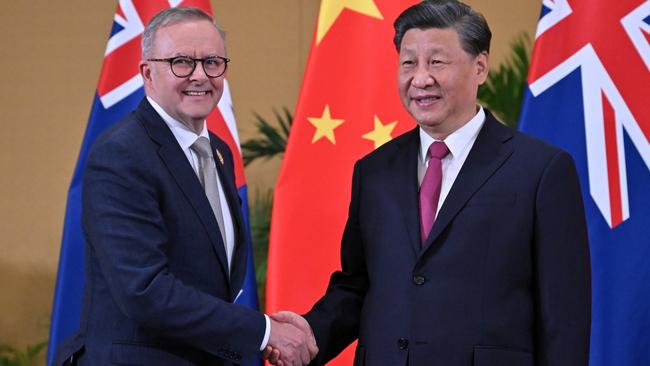
They would “need to rebuild” since winemakers were entering a different Chinese market to the one they had left.
“Wine consumption in China has dropped by two-thirds (since Covid-19) … and China’s growth rate has slowed down. When Australia was at its export peak in China, their economy was growing very rapidly and strongly, and wine was a big part of that,” Mr Tyrrell said.
Since the tariffs were introduced in 2020, competitive countries like France and Chile have also been able to establish their brands in China.
Bruce Tyrrell’s son and Tyrrell’s chief executive Chris Tyrrell said the tariffs “never should have been imposed in the first place” but the industry was “positive and excited” that they could be lifted.
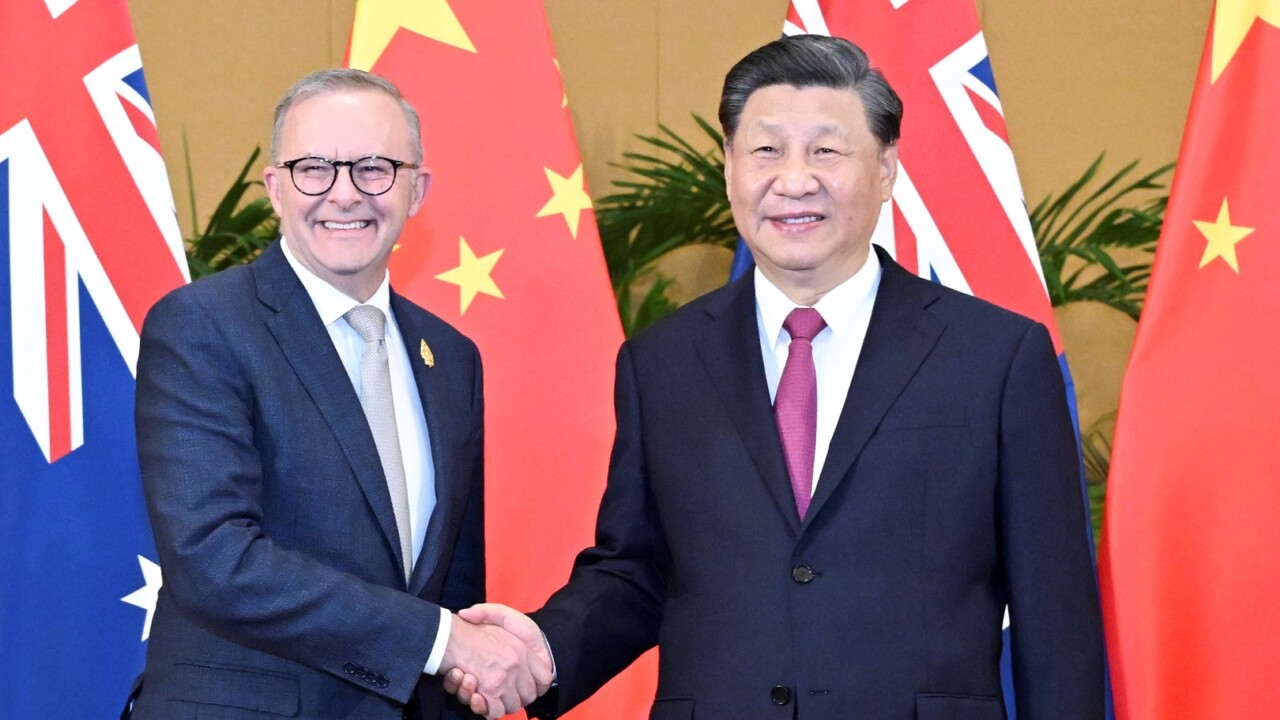
China’s review is expected to take five months and comes after the Australian government agreed to suspend its World Trade Organisation review.
“This is the first step and a really positive one, and I think everyone in the wine industry expects not only that the tariffs are going to be reviewed but be removed,” Mr Tyrrell said.
The Prime Minister on Sunday said this was “a very significant decision” because unlike some other products, the wine industry was “having difficulty finding other markets to fill the gap”.
Third-generation Clare Valley winemaker Mitchell Taylor of Taylors Wines said while 10 per cent of their overall sales went to China, the market made up for about 50 per cent of their premium wine sales.
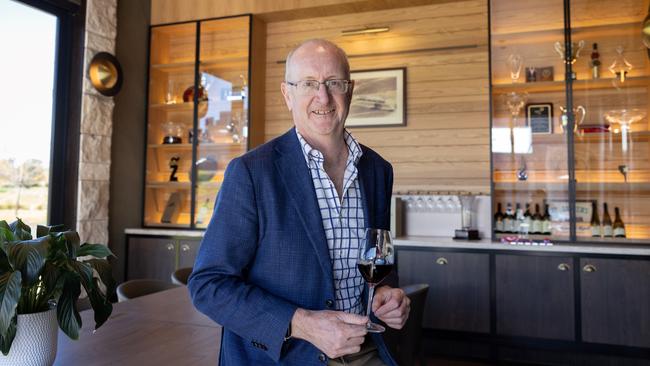
“The industry has been in record oversupply and is probably facing the toughest economic times I’ve seen working in this industry for over three decades. It’s a beacon of hope for us,” he said.
The oversupply of red wine was largely related to China’s tariffs, he said. “The market we left three years ago was $1.2bn worth of export sales, and the beauty of those sales was they were at the premium, high-end. That’s what’s been tough for Australian exporters because other markets are at the lower-value end.”
Chateau Tanunda owner John Geber said the five month-review period was a good time for a “rethink”.
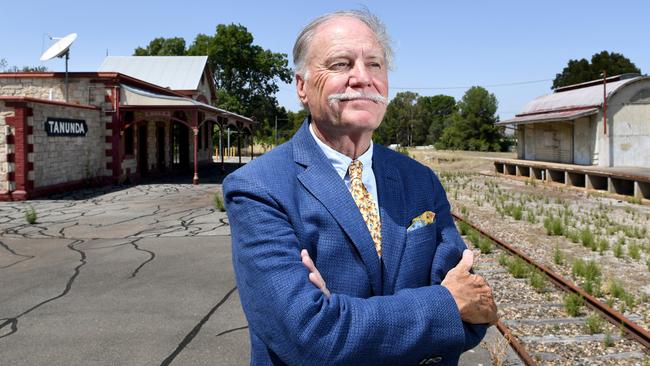
“We’ll get our business back, but we’ll get it back in a different way,” the Barossa winemaker, who once sold up to 20 per cent of his wines to China, said.
Chief executive of Australia’s largest wine producer Treasury Wine Estates Tim Ford said both the Chinese and Australian governments had been “working constructively to achieve this outcome”.





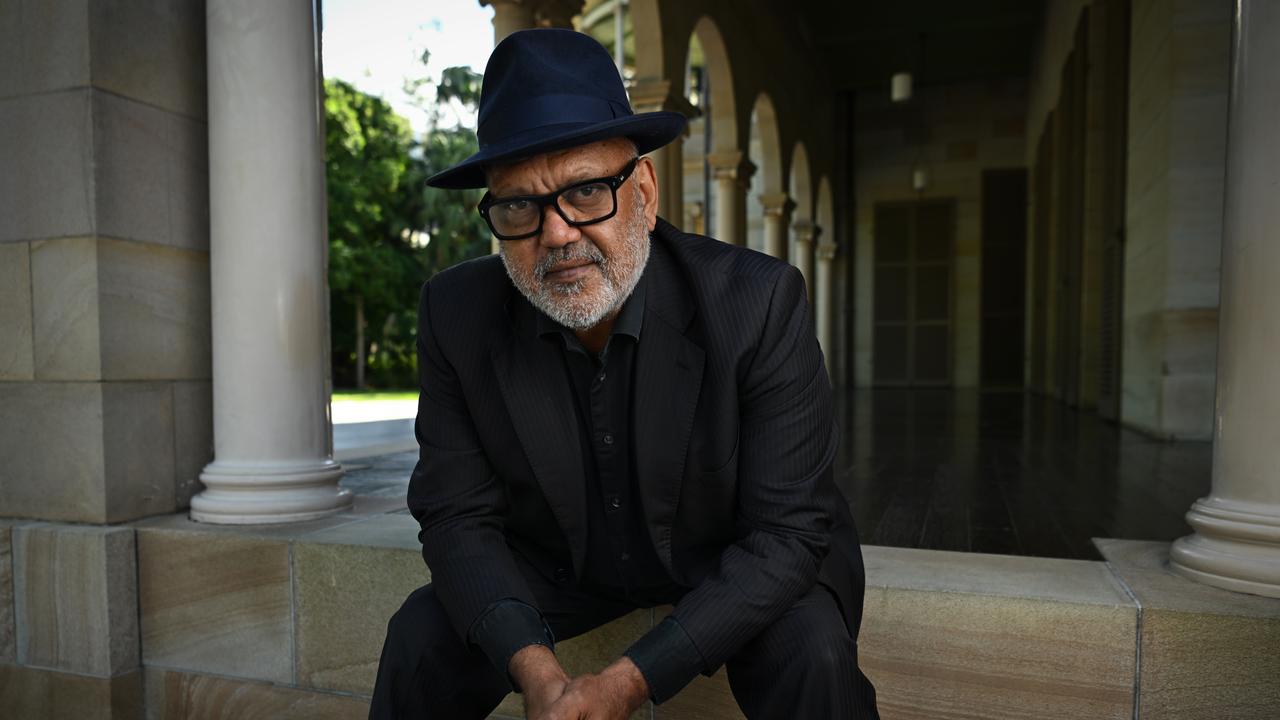

To join the conversation, please log in. Don't have an account? Register
Join the conversation, you are commenting as Logout